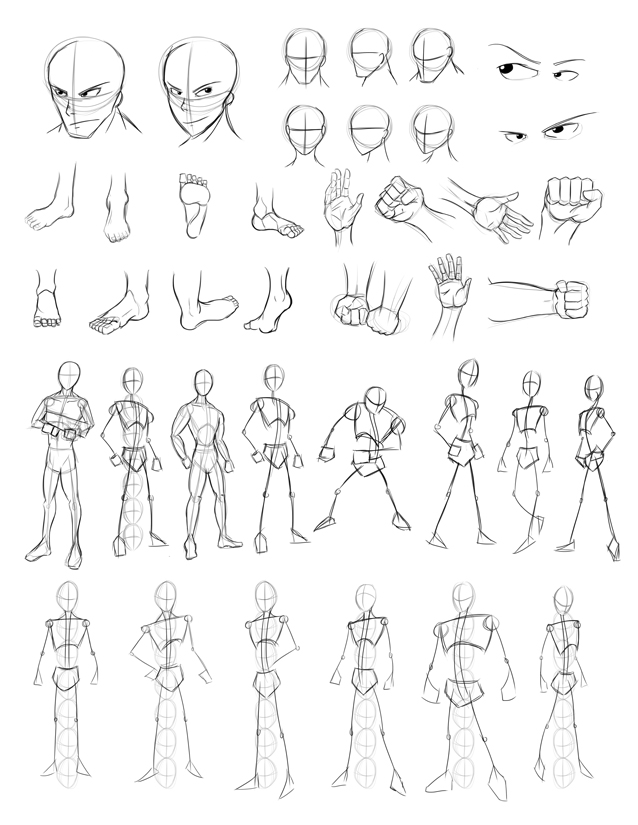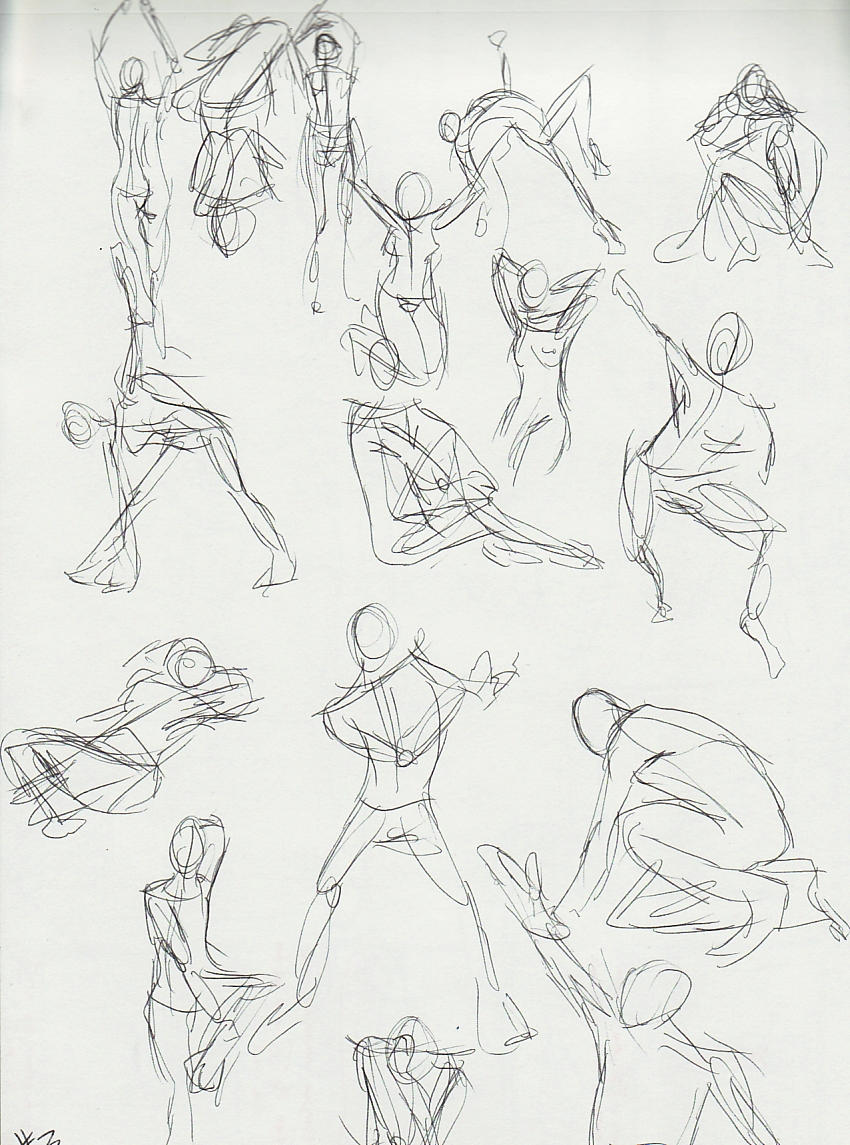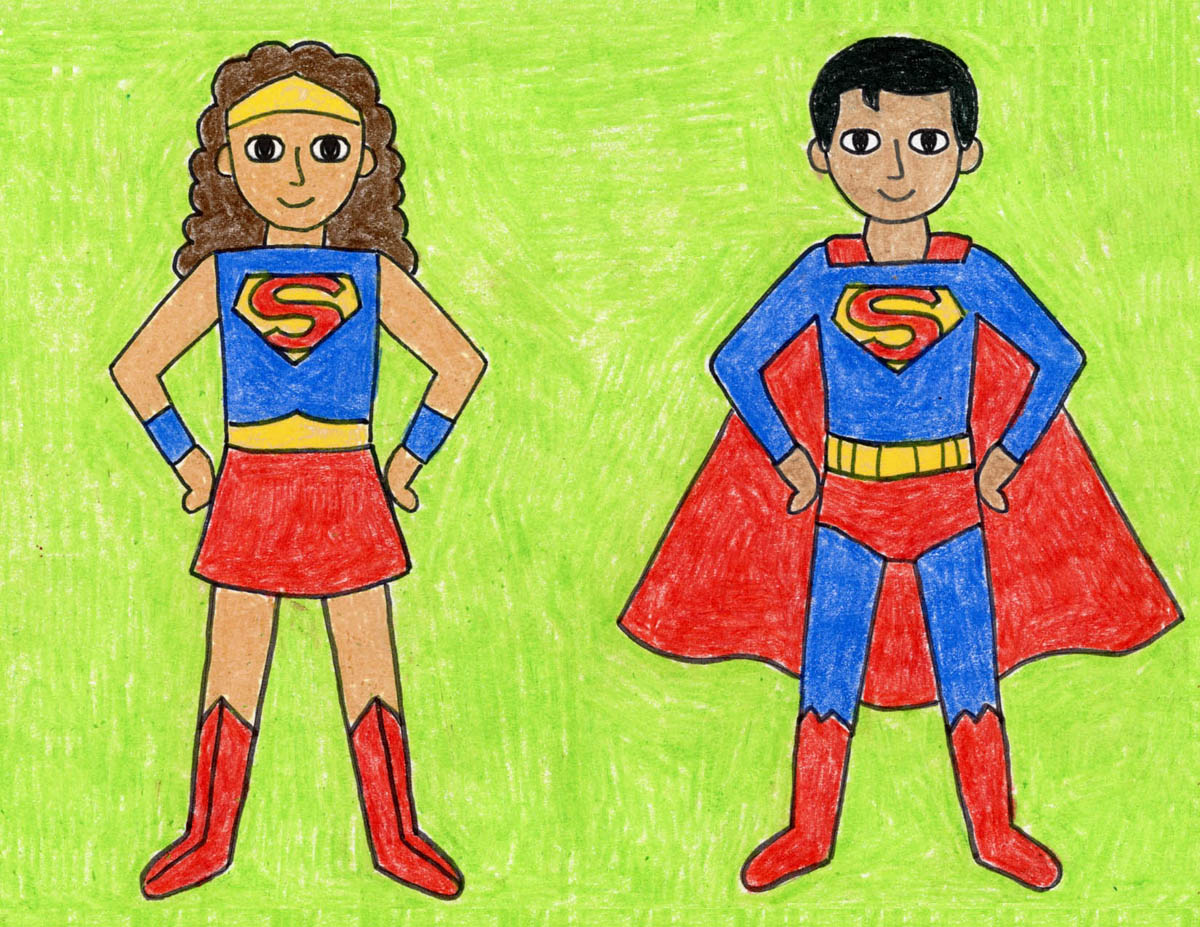Practice drawing sheet deviantart character obhan figure drawings anatomy human body poses reference manga male sketches dibujo tutorial sketching basic
Table of Contents
Table of Contents
Are you struggling with how to practice drawing? Do you find yourself stuck and unable to improve your skills? Don’t worry, you’re not alone. Learning how to practice drawing can be tough, but with the right techniques and mindset, you can become a better artist.
Challenges with How to Practice Drawing
One of the biggest challenges with how to practice drawing is knowing where to start. With so many tutorials and resources available, it can be overwhelming to decide what to focus on. Additionally, it can be frustrating when you don’t see progress as quickly as you’d like. It’s important to have patience and persistence in your journey to improve your skills.
Answer: How to Practice Drawing
The first step in learning how to practice drawing is to set clear goals for yourself. What do you want to improve? What skills do you want to master? Once you have a clear idea of your objectives, you can create a plan to achieve them. This may involve practicing specific techniques or working on certain subjects.
Another important aspect of practicing drawing is to have a regular routine. Make time to practice every day, even if it’s just for a few minutes. This consistency will help you improve more quickly and make it easier to track your progress.
Additionally, it’s important to be patient with yourself and not get discouraged by mistakes. Every artist makes mistakes, but it’s through these mistakes that we learn and grow. Don’t be afraid to experiment and try new things.
Main Points about How to Practice Drawing
In summary, learning how to practice drawing involves setting clear goals, creating a routine, and being patient with yourself. It’s important to experiment and try new things, as well as to seek out resources and feedback from other artists.
Targeting Perspective
When it comes to improving your drawing skills, one technique that can be particularly helpful is practicing perspective. Understanding perspective can help you create more dynamic and realistic drawings.
Personally, I struggled with perspective for a long time. It wasn’t until I started practicing regularly that I began to see improvements. One exercise that was particularly helpful for me was drawing the same object from different angles. This helped me understand how perspective changes depending on your point of view.
It’s also helpful to study examples of perspective in art, such as paintings or photographs. Pay attention to how objects are placed in the foreground or background, and how lines and angles are used to create depth.
Targeting Shading and Textures
Another important aspect of drawing is understanding how to create shading and textures. Shading can help add depth and dimension to your drawings, while textures can create a more realistic look.
One exercise to practice shading is to draw a sphere and practice shading it from different angles. This will help you understand light and shadow and how they affect objects. For textures, try drawing objects with different surfaces, such as a furry animal or a metal object. Pay attention to the lines and shapes that create the texture.
More Details about How to Practice Drawing
Remember to start with basic shapes and work your way up to more complex subjects. Don’t be afraid to erase and start over, and don’t worry if your drawings don’t come out perfectly. The important thing is to keep practicing and learning.
Another helpful tip for practicing drawing is to seek out feedback from other artists. Joining an art group or taking a class can be a great way to get constructive criticism and learn from others.
Question and Answer Section
Q: How often should I practice drawing?
A: It’s best to practice drawing every day, even if it’s just for a few minutes. Consistency is key to improving your skills.
Q: Do I need expensive materials to practice drawing?
A: No, you don’t need expensive materials to practice drawing. Start with basic supplies, such as pencils and paper, and work your way up as your skills improve.
Q: How can I stay motivated when I don’t see progress?
A: Remember that progress takes time and that every artist makes mistakes. Set small goals for yourself and celebrate each milestone along the way.
Q: Should I focus on one type of drawing, such as portraits or landscapes?
A: It’s up to you! You may find that you enjoy drawing certain subjects more than others, but it’s important to challenge yourself and try new things.
Conclusion of How to Practice Drawing
Learning how to practice drawing can be challenging, but with a clear plan, patience, and persistence, you can improve your skills. Remember to set goals for yourself, create a regular routine, and seek out feedback from other artists. Whether you’re focusing on perspective, shading, or textures, the key is to keep practicing and experimenting. Happy drawing!
Gallery
How To Practice Drawing - YouTube

Photo Credit by: bing.com / beginners practice drawing exercises sketching draw drawings simple tutorials pencil sketches easy faces cartoon hands skills inspiration better go techniques
Drawing Practice Sheet 2 By Obhan On DeviantArt

Photo Credit by: bing.com / practice drawing sheet deviantart character obhan figure drawings anatomy human body poses reference manga male sketches dibujo tutorial sketching basic
Why You Should Practice Drawing - YouTube

Photo Credit by: bing.com / drawing practice draw should exercises practicing why patterns techniques repeat
Here Is A Practice Drawing I Did Of A Face, Any Suggestions For

Photo Credit by: bing.com / practice drawing face reference did any suggestions improvement below comments learnart paintingvalley
Mental Pencil: Figure Drawing Practice

Photo Credit by: bing.com / drawing figure practice pencil preparation mental practicing






